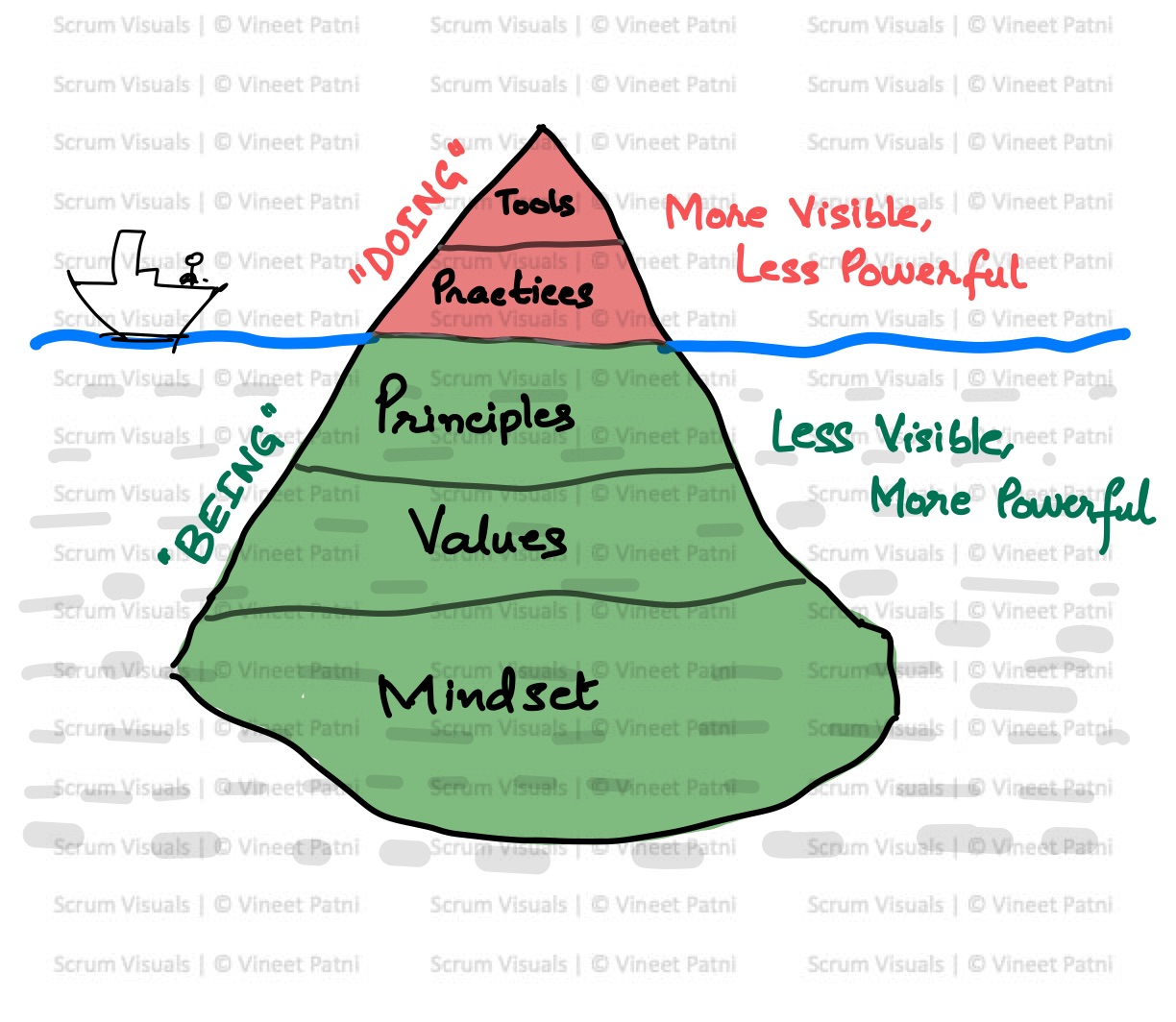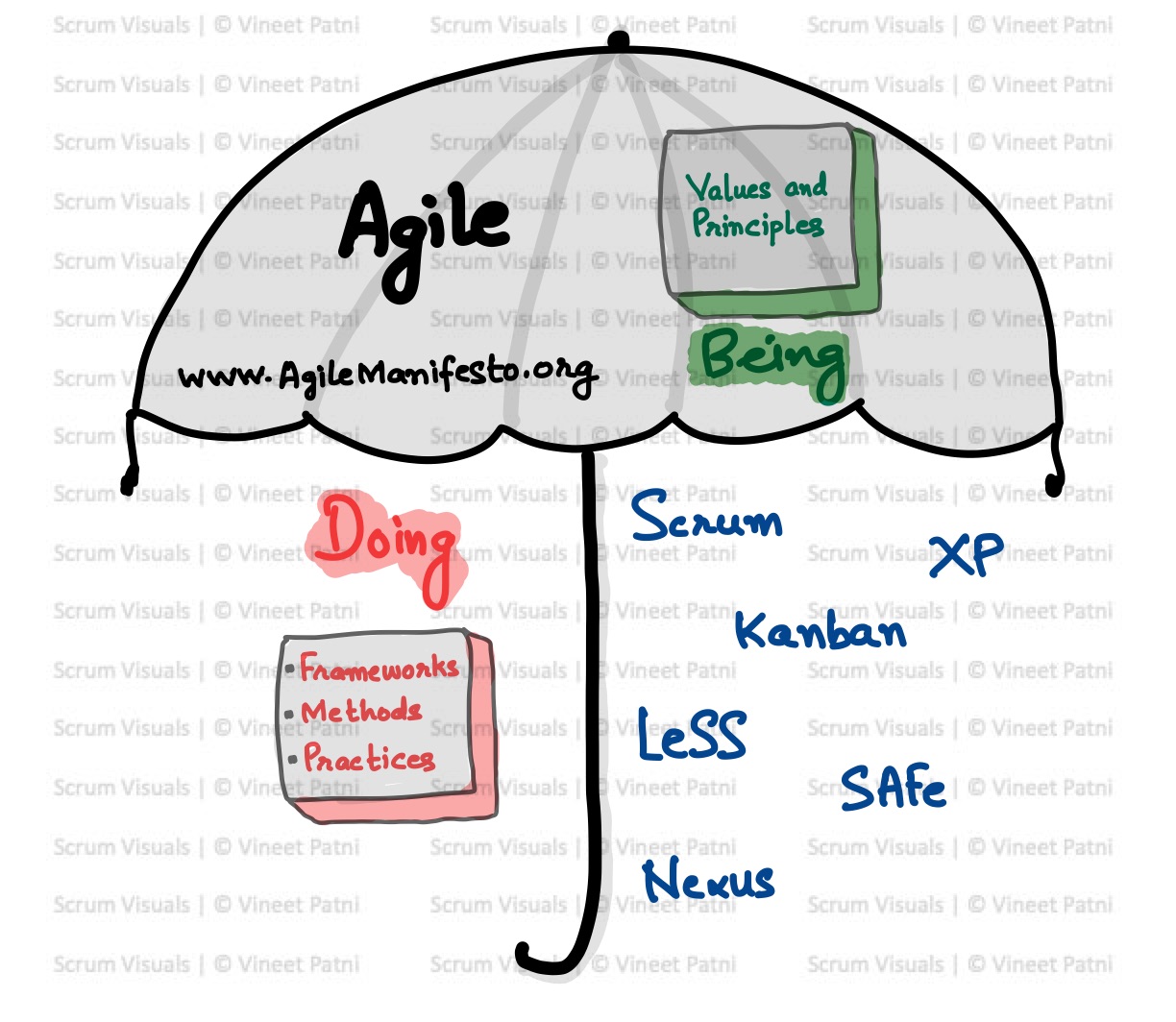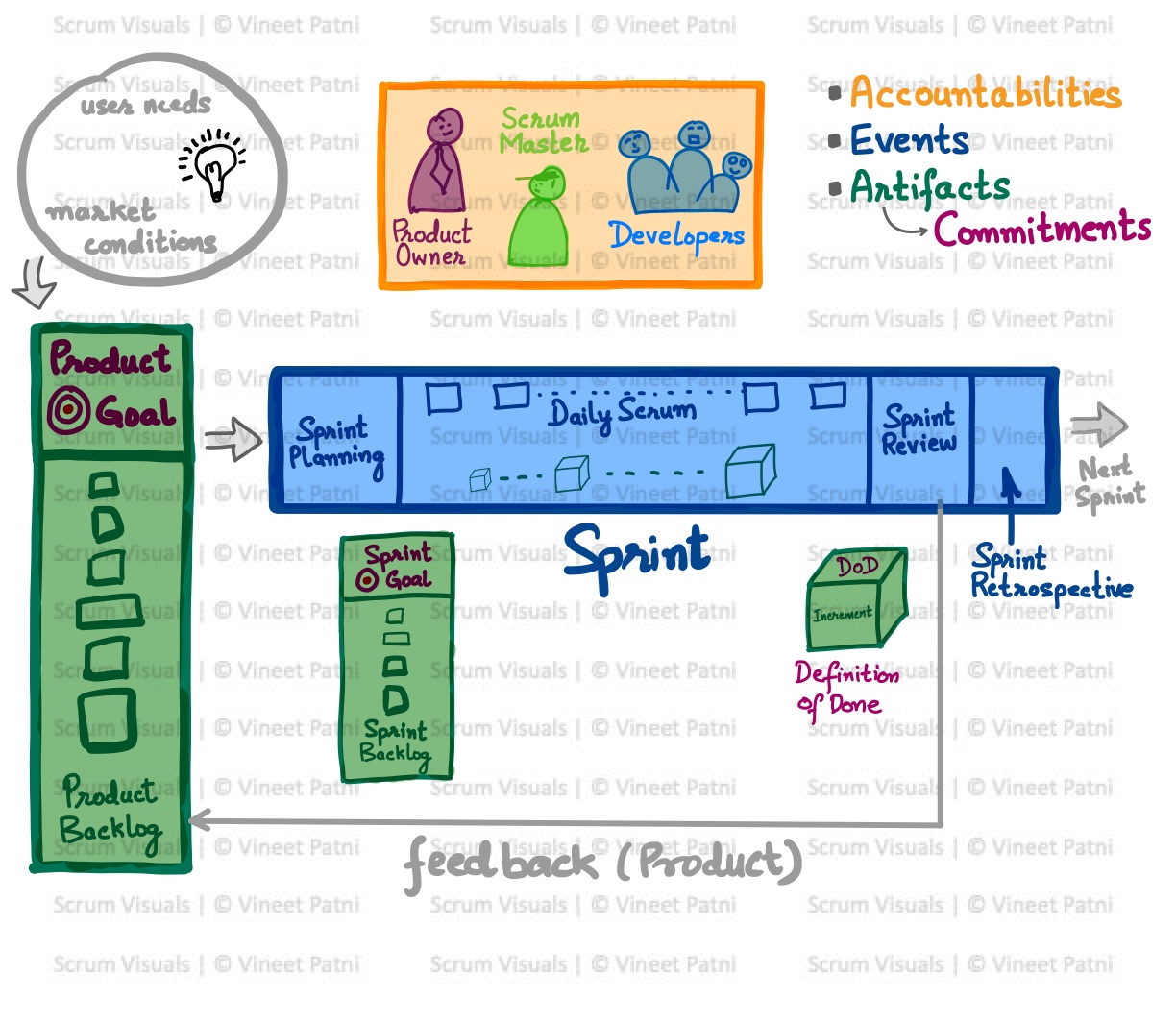Agile HR in Practice: Boosting Value, Agility, and Continuous Improvement
Agile is all about delivering value—whether to customers, businesses, or employees. Human Resources (HR) has traditionally focused on “adding value” to organizations, yet defining what that value means has often been vague. Large-scale HR initiatives, such as launching new employee benefits or leadership development programs, certainly aim high, but the value delivered is frequently tied only to such big releases.
In today’s fast-changing world, this approach is no longer enough. Agile HR provides a new way to break down these massive challenges into smaller, incremental, and measurable pieces of value. By doing so, HR professionals can prioritize better, explain clearly what they’re delivering, and ensure that outcomes align with employee needs and business goals.
Rethinking Value in HR with an Agile Mindset
Agile HR shifts the focus toward employees as the end users of HR products and services. In this context, value means initiatives that directly improve employee productivity and satisfaction. Instead of assuming organizational needs, Agile HR emphasizes human-centered practices validated by real user feedback.
This is a radical shift from traditional HR practices, where decisions were often made top-down. With Agile, HR functions begin to work like product teams—testing, learning, and refining based on actual data and employee experience.
Delivering Value Incrementally
One of the biggest advantages of Agile HR is its incremental delivery model. Instead of waiting months or years for a large-scale HR rollout, value is delivered in smaller steps. This allows for faster testing, quicker feedback, and the ability to adapt to changing needs—whether that’s a new compliance requirement, shifting workforce expectations, or innovative ideas.
Agile’s feedback loop ensures continuous learning. Each cycle starts with planning and prioritization, followed by daily collaboration, delivery of outcomes, and a retrospective to identify improvements. This iterative approach helps HR stay relevant, responsive, and impactful.
Moving Beyond HR Best Practices
Adopting Agile in HR isn’t about using Scrum boards, Post-it notes, or stand-up meetings in isolation. It’s about a fundamental mindset shift—moving away from rigid HR best practices toward experimentation, adaptability, and people-first strategies. Until HR as a whole embraces this mindset, Agile tools and rituals won’t achieve their full potential.
Shifting HR from Annual Cycles to Agile Cadence
Traditionally, HR has worked on annual or semiannual cycles—performance reviews, training programs, or engagement surveys. But in today’s volatile environment, where entire industries can transform in just a few years, these long cycles are no longer effective.
Agile HR introduces shorter, regular cycles—monthly or even biweekly. Teams meet frequently, assess progress, and reprioritize work. This rhythm ensures HR can quickly adapt and continuously align with both business priorities and employee needs.
Using Agile Tools for HR Transformation
Agile HR also leverages modern Agile technologies to improve transparency, prioritize strategically, and visualize progress. Some teams co-create high-level backlogs with senior stakeholders and employees, ensuring HR priorities align with the organization’s vision.
These backlogs guide quarterly and project-level planning while promoting open communication. This transparency has helped HR shed its outdated image as the “fun police” and instead become an integral partner in business growth.
Conclusion: The Future of HR is Agile
Agile HR is more than a set of practices—it’s a cultural and organizational shift. By delivering value incrementally, adopting shorter cycles, using transparent prioritization tools, and placing employees at the center, HR transforms into a true driver of business success.
The result? A modern HR function that continuously evolves, drives employee engagement, and ensures organizations stay competitive in a rapidly changing world.










